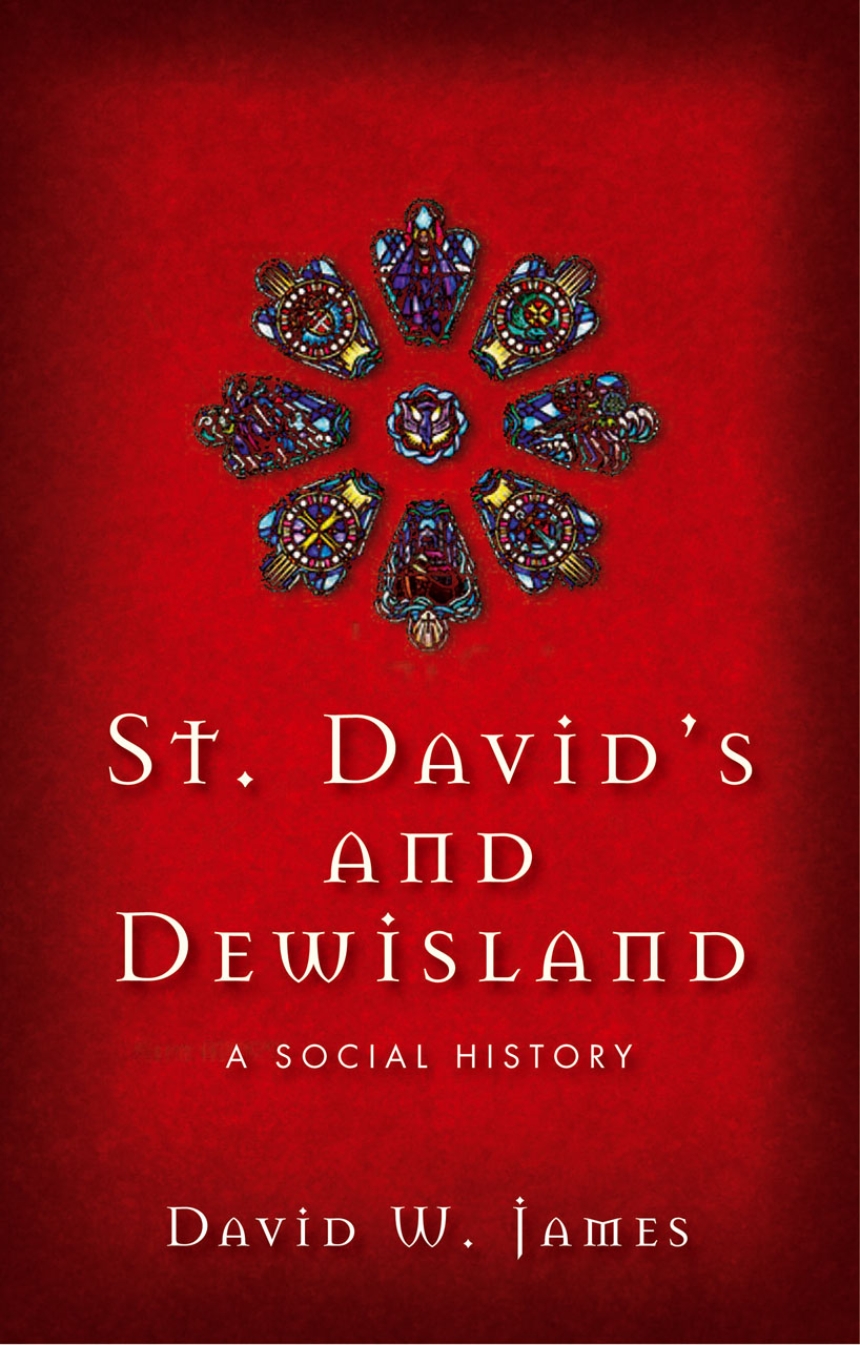Table of Contents
Place Names of the Parish
Foreword
Acknowledgements
Preface
Chapter One: In the Beginning
The Geographical Significance
First Inhabitants. Cromlech and Standing Stone
The Celts. Fort and Farm
The Romans
Old Roads to St David’s
The Celtic Saints
Seaways
Chapter Two: The Coming of Dewi Sant
Genealogy of David
Emergence of the Saint
The Monastic Settlement
Welsh Kingdom and Expanding Diocese
Political Weakness. Viking and Saxon Raids.
Rhygyfarch’s Life
Asceticism
The Holy Wells
Chapter Three: The Cathedral Church
Norman Reorganisation
The Builder Bishops
The Protestant Bishops
Decline and Isolation
Nineteenth-century Reform
Disestablishment
Chapter Four: Rural Life
Celtic Settlements
The Norman Settlement
The Growth of Estates–Cruglas, Dr Jones’s Charity
Sales–The Break up
Old Round-chimneyed Farmhouses
Farming on Ramsey
Farmer and Labourer in the Nineteenth Century
The Lime Trade
The Wool Trade
Early Twentieth Century–Treginnis Isha
The Deserted Villages
Chapter Five: Trade and Communication
Porth Glais and the Church
Elizabethan Trade–The Port Books
The Porth Glais Boats
The Wrecks. Lighthouse and Lifeboat
Development of Roads. Coaches and Carrier Vans
The Railway that never came
Chapter Six: The Coming of Nonconformity
Dissent and Politics
Church Weakness and the Methodist-inspired Revival
The Nonconformist Chapels
Community and Chapel
Decline
Chapter Seven: The Parish and Its Administration–Past and Present
Pre-1894
Overseers and the Poor. The Parish Chest
Maintenance of the Roads
The Vestry Room
Post 1894– Parish Council
Parish Meeting
Parish Nurse
Parish Constable
The Clerical Cylch
The ‘Mayor’
Old Courts
The Parish Clerk
The Cathedral Close
Chapter Eight: Church and Chapel in Education
St. Mary’s College
The Cathedral School
Private and Charity Schools
The Blue Books
1870 and the New Schools
1895 and the County School
Chapter Nine: Population Past and Present
The First Census
1841 and 1851
Migration
Nineteenth-century Building and Rebuilding
Nineteenth-century Craftsmen
Population and Pilgrimage
Tourist Accommodation
Chapter Ten: Chronicles and Chroniclers
Old Characters
The Writers and the Visitors
The Welsh Poets
The Newspapers
Literary Contrasts
Illustrations
Appendices

